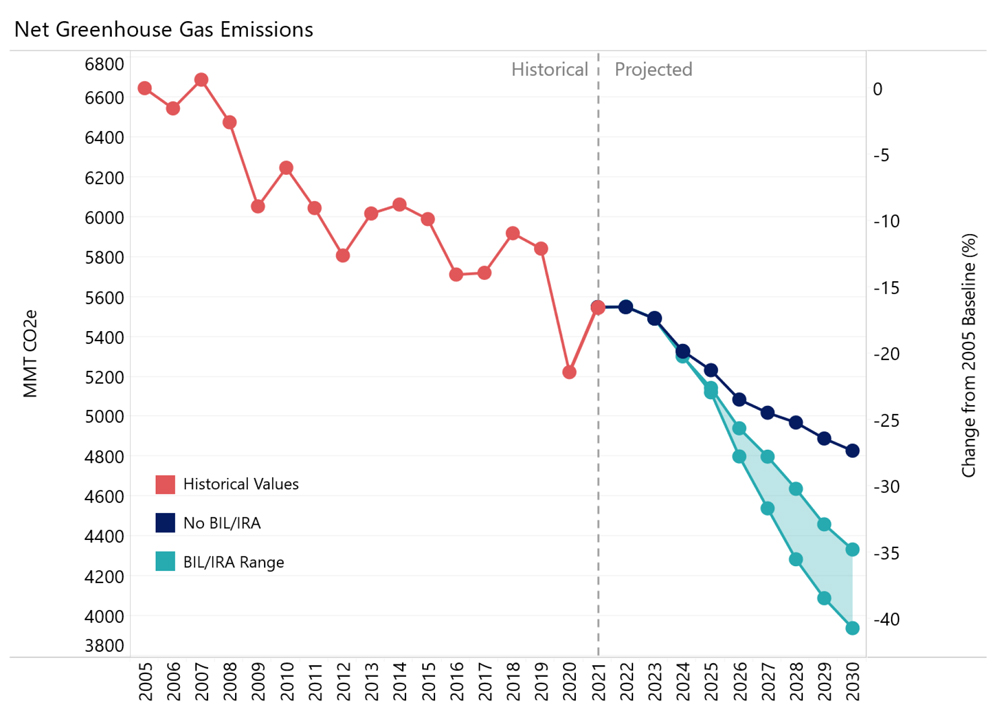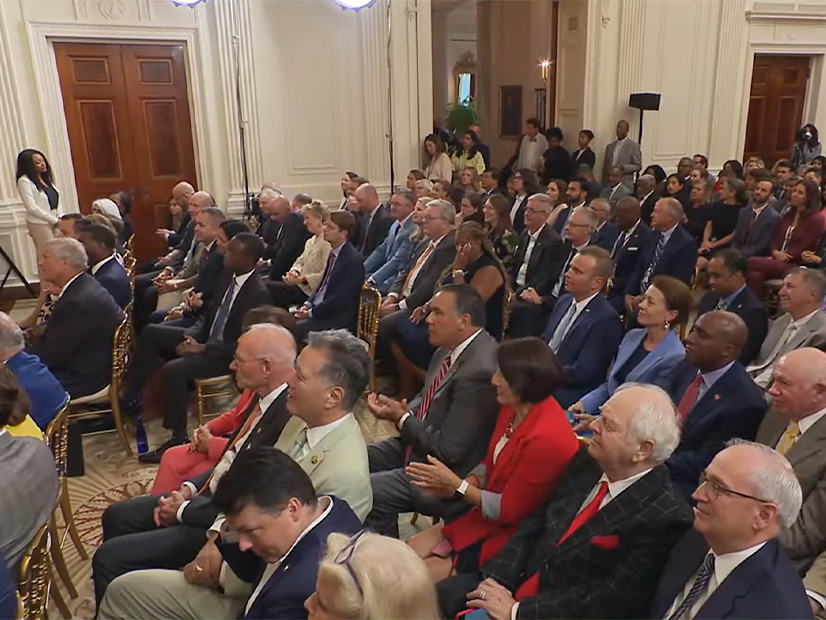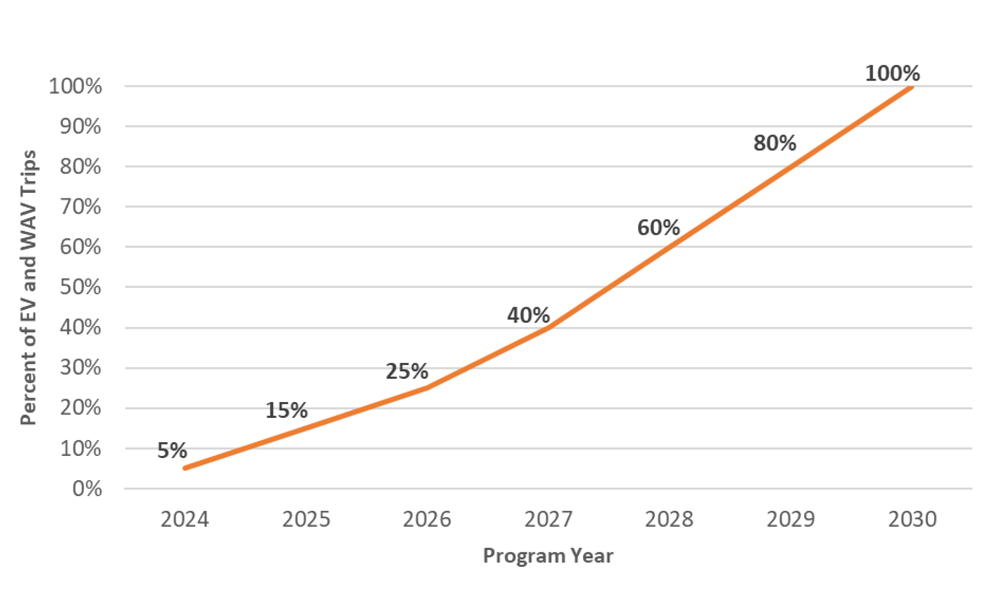The D.C. Circuit Court of Appeals has upheld FERC’s 2021 order reworking PJM’s market seller offer cap (MSOC) to replace the default offer cap with a unit-specific review process (21-1214).
Tuesday’s decision overrules challenges from a series of generation companies arguing that the order deprived them of their right to set their own rates, didn’t allow for a full accounting of the financial risks that come with a capacity obligation and didn’t adequately explain why it eliminated the default offer cap instead of modifying it. (See Judges Skeptical of Capacity Sellers in PJM Offer Cap Dispute.)
The order was focused on increasing the instances in which generators’ offers will be subject to unit-specific review to determine if market power mitigation is necessary, particularly in the case of the marginal resource clearing the capacity market. With the default offer cap in place, as much as 99% of offers fell below the cap and were determined to not require mitigation, a rate the commission determined was too high (EL19-47).
The component the commission believed to be behind the high offer cap was the number of performance assessment intervals (PAI) a generator could expect to face on average per year. The order establishing the capacity performance (CP) construct pegged the anticipated number of intervals at 360 each year. However, in a complaint arguing that the offer cap was too high, the Independent Market Monitor said the subsequent four years saw 24 intervals. (See FERC Backs PJM IMM on Market Power Claim.)
Instead of basing when an offer is subject to unit-specific review on whether the marginal cost of taking on a capacity obligation — the resource’s avoidable cost rate (ACR) — exceeded the amount it expected to earn during PAIs, the commission’s 2021 order eliminated the default offer cap with unit-specific review of resources’ ACRs.
The court disagreed with the generators that they could not set their own rates under the new paradigm, finding that capacity auction offers are not rates, as they are submitted to PJM, rather than filed with FERC, and are confidential rather than public. Although the Monitor can suggest an alternative offer for PJM to consider, the RTO still holds the “primary role” in selecting an offer, the ruling states, and generators also can appeal to FERC if they disagree with the selection.
“To summarize the interaction, suppliers can submit their offers to PJM regardless of the Independent Market Monitor’s views, then ask the commission to referee if a dispute persists. As such, the current tariff and September 2021 Order make quite clear that suppliers do not play second fiddle when their proposed offers deviate from that of the Independent Market Monitor,” the ruling states.
The court also sided with the commission in finding that generators retain flexibility when accounting for the risks that come with taking on a capacity obligation. Past orders have made clear that costs that also would be incurred if the generator participated only in the energy market cannot be included in capacity offers and that by not outlining an “exhaustive” list of all costs that could be included in the ACR, the order does provide flexibility.
The generators’ arguments that alternatives to eliminating the default offer cap had not been given due weight by the commission also were denied. The court pointed to FERC’s argument in its 2021 order stating that while alternatives would have recalibrated the cap, they still would have resulted in a value so high that only a small number of offers would be subject to review and therefore would not have resolved the issue.
While it did not join in the appeal to the court, PJM filed a request for FERC to rehear its order arguing that unit-specific review of all resources could lead to over-mitigation of capacity resources. (See PJM Requests Rehearing of MSOC Change.)
“The harm of overmitigation under a unit-specific ACR approach is real and will inhibit the ability of capacity market sellers to base their offers on their respective cost estimates and assumptions about what is likely to occur three years in the future,” PJM said in its filing. “This is because each capacity market seller’s evaluation of risk relating to actual costs and revenues varies for various resources … and it is not appropriate for PJM or the Market Monitor to substitute their assessment of the risks for the capacity market seller’s demonstrable assessment of the risks.”
EPSA Says MSOC Structure Threatens Reliability
In a statement released Tuesday, the Electric Power Supply Association (EPSA) argued that the ruling leaves intact a capacity market that interferes with generators’ ability to earn an adequate return on their investments needed to service the grid reliably. The association joined Vistra, Constellation, LS Power, Calpine, Talen Energy and the PJM Power Providers Group in petitioning the court to overturn the commission’s order.
“The changes approved by the court to PJM capacity offers undermine the ability of private investors and developers to assume risk and earn an adequate return — jeopardizing PJM’s ability to procure sufficient generation to meet anticipated demand in today’s challenging landscape,” EPSA President Todd Snitchler said. “This decision from the court adds urgency to the Board-directed stakeholder process underway at PJM to develop reforms that substantially address the flaws in the capacity market — the vehicle by which the RTO ensures resource adequacy and system reliability.”
He noted PJM has raised alarms that the expected pace of resource retirements may exceed new resources coming online and threaten reliability, a dynamic he said will be exacerbated by the design of the capacity market.
“Now more than ever, with at least 40 GW of generation flagged by PJM for being at risk of retirement without sufficient replacement, it is critical that the resources needed for reliability have adequate incentives to stay running,” he said. “Yet FERC and PJM are once again making it harder for markets to procure much needed resources rather than enable greater participation of resources that provide reliability.”


